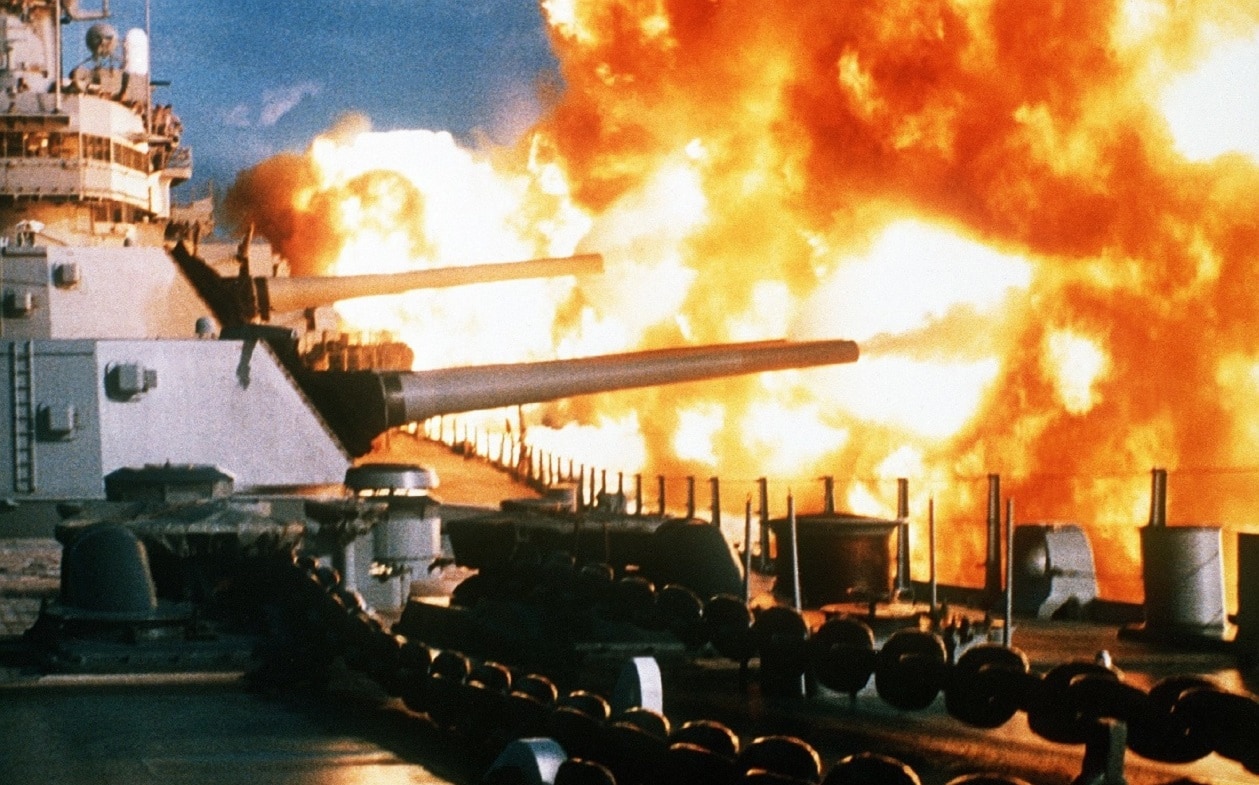Japan’s Blitzkrieg in the Far East Coincided With Pearl Harbor Attack: It was on Sunday morning, December 7, 1941 that the Imperial Japanese Navy launched its sneak attack on Pearl Harbor, Hawaii. U.S. President Franklin Roosevelt noted in his speech to a Joint Session of Congress the next day that it was a “day that will live in infamy.”
Yet, largely overshadowed by the strike on Pearl Harbor, was that halfway around the world, Japan essentially launched its own version of the “Blitzkrieg.” It was already Monday in the Far East where Japan began numerous campaigns directed at British, Australian, Dutch, Thai and U.S. positions and interests. By the end of December 8, the world was truly at war. And Pearl Harbor was just the start.
Pearl Harbor Was Just the Start: Swift Victory in Thailand
Just as Germany had launched and won a series of attacks across Europe in the spring of 1940, Japan conducted its own coordinated effort. In fact, Japan’s early victories should be seen as being as impressive as anything the Germans had managed a year and a half earlier. That included an invasion of the Kingdom of Thailand in the early hours of December 8.
It resulted in fierce fighting, especially in the southern peninsula of Thailand, but after just five hours of invasion a ceasefire went into effect. As neither the British or American governments had been able to guarantee support if Japan had invaded, Thai Field Marshal Plaek Phibunsongkhram, who also served as the nation’s prime minister, saw that his nation would have to stand alone.
As a result, the Thai government was forced to capitulate to a Japanese ultimatum that would allow passage of Japanese troops through Thailand in return for Japanese assurances of respect for Thailand’s independence. In the process, the Kingdom of Thailand became a de facto member of the Axis.
The Multi-Pronged Attack
Elsewhere throughout the Far East, the Japanese had been amassing their forces for multiple campaigns. Whereas Nazi Germany had knocked out nations such as Poland, Denmark, Norway, Belgium, Luxembourg, the Netherlands and then France in a series of short but decisive campaigns – followed by actions in Yugoslavia and Greece – Japan was far more ambitious.
It coordinated its campaigns against British Malaya, the Philippines and the Dutch East Indies, while at 4:00am local time, 17 Japanese bombers attacked Singapore, the first ever raid conducted on the British colony. The Battles of Guam, Wake Island and Hong Kong also began.
All ended in Japanese victory.
Guam fell to the Japanese on December 10. Wake Island was captured by the Japanese two days before Christmas, on December 23, 1941 and Hong Kong was forced to surrender on Christmas Day. The Malaya Campaign lasted just two months and eight days until February 15, 1942; less than a month later the Dutch East Indies surrendered on March 9, 1942; while the U.S. forces in the Philippines held out until May 8 of that year.
Pearl Harbor and the Road to War
By the time that FDR delivered his speech to lawmakers and called for a Declaration of War against Japan, Winston Churchill had already made a speech to the British House of Commons, stating, “We have at least four-fifths of the population of the globe upon our side. We are responsible for their safety and for their future. In the past we have had a light which flickered, in the present we have a light which flames, and in the future there will be a light which shines over all the land and sea”
The United Kingdom declared war on Japan, as did New Zealand. Yet, of the Allied nations to declare war on Japan, Canada had actually been the first. Canadian Prime Minister Mackenzie King and his cabinet issued a proclamation on Sunday evening – before either Churchill or Roosevelt.
It took another day for Australia’s governor-general, Alexander Hore-Ruthven, to make such a declaration. While Canada had independently declared war on Nazi Germany, Hore-Ruthven’s declaration against Japan on December 9 was the first to be independently made by Australia.
Peter Suciu is a Michigan-based writer who has contributed to more than four dozen magazines, newspapers and websites. He regularly writes about military small arms, and is the author of several books on military headgear including A Gallery of Military Headdress, which is available on Amazon.com.

